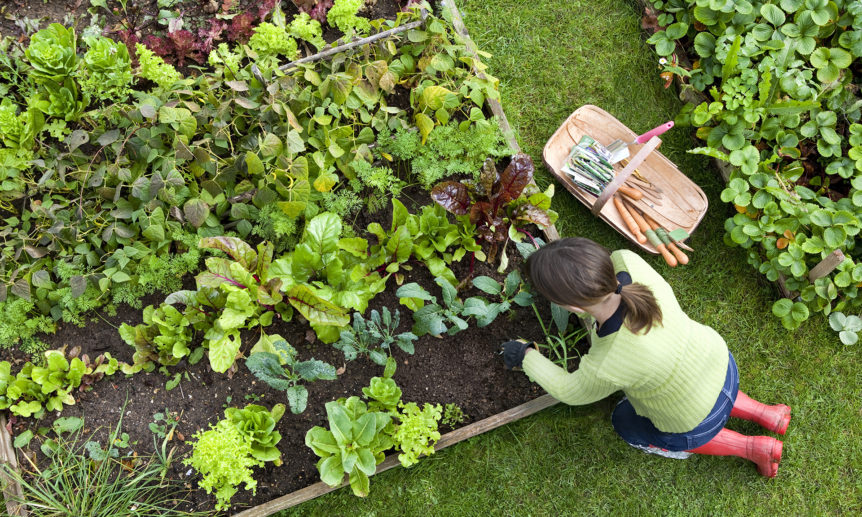1. Is it ok to use leaves for mulch?
In nature, leaves that fall in the forest to protect understory plants through the winter and add rich organic matter to the forest floor. Ground or shredded leaves make an excellent mulch for established trees, shrubs and flowerbeds.
2. Why are there mushrooms growing in mulch?
Mushrooms tend to grow in areas that are very moist or damp, and also very fertile. Fungi help to breakdown decomposing materials…meaning if you see fungi forming on your mulch, it is probably decomposing into rich organic matter.
3. Why are there bugs flying around mulch?
4. Do I need to treat my mulch from a newly cut down tree?
When using fresh mulch from a recently cut down tree, it is recommended that you allow this mulch to sit and cure for a while before applying it around young, newly installed plants.
5. Is the red dye in mulch safe for pets?
Commercially dyed mulches must comply with government safety standards….meaning that if you’ve bought red mulch from a reputable business, the dye used on it is non-toxic.
6. Can grass hay be used to mulch a garden?
7. How deep should the mulch be in the flower beds?
As a landscape designer, I hate to see a landscape bed with landscape fabric poking out of thin layers of mulch. According to most reputable resources in the field, anywhere from 1-4 inches (2.5-10 cm.) is the recommended depth of mulch application for flower beds.
8. Wind tends to blow mulch around, any alternatives?
As shredded pine bark sits on a garden bed, slowly breaking down, it begins to form almost a crust over the garden. The more it is raked or turned, the less likely it is to meld together, so sometimes being patient and leaving the mulch alone will cause it to withstand wind better.
9. How to remove weeds and grass from the mulched area?
Controlling weeds in mulch need not be difficult. Applying a pre-emergent herbicide to mulched beds in early spring can help suppress many weeds before they sprout up.
10. What is the most inexpensive mulch?
Newspapers, cardboard, grass clippings, fallen leaves, and homemade composts are some things you can repurpose for free or very inexpensive mulch. Straw or hay can also be acquired at very low costs to use as mulch.

